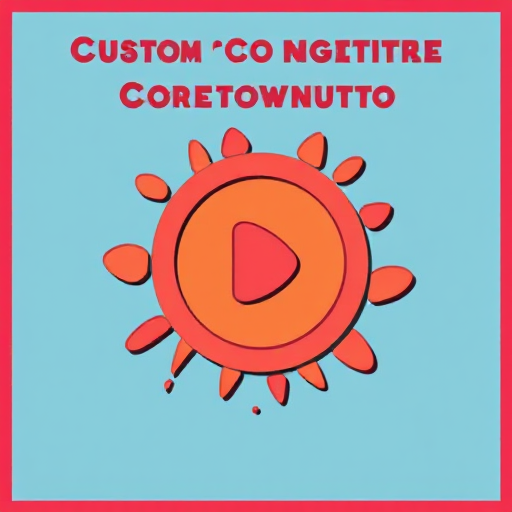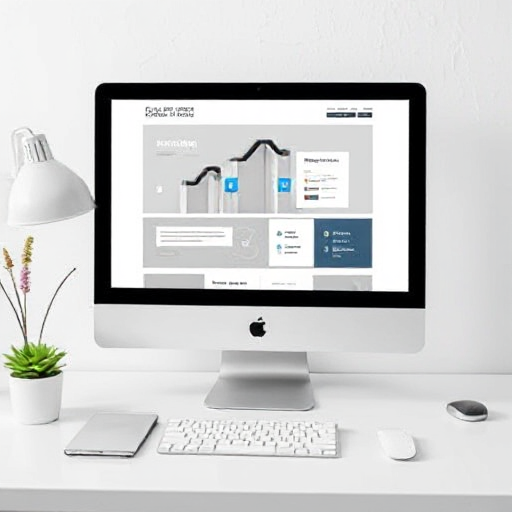Blogging vs. Microblogging: Choosing The Right Platform For Your Voice
When it comes to sharing ideas and engaging an audience online, both blogging and microblogging offer unique approaches. Deciding between them largely depends on the kind of content you want to produce, the engagement style you prefer, and the amount of time you can dedicate. Let’s dive into the main differences, advantages, and potential use cases for both.
Find Out How To Make Money As A Full-Time Writer/Blogger Guide
What is Blogging?
Blogging is the process of creating longer-form, detailed content that lives on a dedicated website or platform. It typically involves articles ranging from a few hundred to several thousand words, offering readers in-depth insights, stories, or guides on a particular topic. Blogs often cover a wide range of subjects, from personal experiences and how-to guides to product reviews and industry news.
Benefits of Blogging:
- In-Depth Content: Blogs allow for comprehensive coverage of topics, which can establish you as an authority in your niche.
- SEO Advantage: Search engines prefer detailed, keyword-rich content, which can help drive organic traffic to your site.
- Monetization Options: Blogging allows for multiple monetization options, including affiliate marketing, ads, sponsored posts, and even premium content.
- Community Engagement: Blogs often encourage readers to leave comments and engage in discussions, building a loyal readership.
Find Out How To Make Money As A Full-Time Writer/Blogger Guide
What is Microblogging?
Microblogging involves sharing shorter, bite-sized updates frequently and across various social media platforms, such as Twitter, Instagram, TikTok, or Tumblr. Posts can include text, images, videos, or even gifs, and they are usually concise, quickly consumable, and shared regularly.
Benefits of Microblogging:
- Fast and Frequent Updates: Microblogging is ideal for real-time sharing, quick thoughts, or daily insights.
- High Engagement Rates: Platforms like Twitter and Instagram allow for high interaction rates, with users sharing, liking, and commenting on content instantly.
- Low Time Commitment: Microblogging requires less content creation time, making it ideal for busy professionals or those who prefer spontaneous posting.
- Multimedia Flexibility: Microblogging platforms are designed to easily share photos, videos, and gifs, enhancing visual appeal and accessibility.
Key Differences Between Blogging and Microblogging
1. Content Length and Depth
- Blogging: Longer and more detailed, typically covering a topic comprehensively.
- Microblogging: Short and concise, often limited to a few sentences, images, or a video.
2. Content Lifespan and Discoverability
- Blogging: Blogs are often evergreen, meaning they can attract traffic long after they are published. They’re easily searchable through search engines.
- Microblogging: Microblog posts are timely and usually have a shorter lifespan. Posts often receive attention within hours or days but may not have long-term searchability.
3. SEO and Traffic
- Blogging: Blogs are highly beneficial for SEO, with search engines favoring well-organized, keyword-optimized articles.
- Microblogging: Microblogs may drive traffic, but they rely on hashtags, trends, and real-time interest rather than SEO.
4. Engagement Style
- Blogging: Blogs allow for in-depth conversations in the comments section and are often read by users seeking detailed information.
- Microblogging: Engagement is immediate and concise, with comments, likes, and shares occurring quickly, usually in a real-time flow.
Find Out How To Make Money As A Full-Time Writer/Blogger Guide
Pros and Cons of Blogging
Pros:
- Deep Content: Enables comprehensive exploration of topics.
- Brand Authority: Builds credibility and expertise.
- SEO Benefits: Increases visibility over time.
- Multiple Monetization Options: Blogs can generate revenue in numerous ways.
Cons:
- Time-Intensive: Blogging requires research, writing, and editing, which can be time-consuming.
- Delayed Feedback: Engagement may not be as immediate as on microblogging platforms.
- Requires Consistency: To succeed, blogs need regular updates and new content.
Pros and Cons of Microblogging
Pros:
- Quick and Easy: Allows for spontaneous, regular updates with minimal effort.
- Instant Feedback: High engagement rates and real-time interaction.
- Flexible Content: Easily incorporates multimedia, making it visually appealing.
- Viral Potential: Content can quickly gain traction through shares and retweets.
Cons:
- Limited Depth: Microblogs are not ideal for detailed content or complex topics.
- Shorter Shelf Life: Posts are relevant for a limited time.
- Dependency on Trends: Microblogging often requires staying updated with platform trends to maintain engagement.
How to Earn Money Online – The Ultimate Guide to Financial Freedom!
Choosing the Right Platform for Your Goals
Go with Blogging If:
- You want to create long-form, in-depth content.
- Building authority and credibility is a priority.
- You’re interested in SEO and organic traffic.
- You want to monetize content in multiple ways.
Opt for Microblogging If:
- You prefer quick, regular updates.
- Engaging with audiences in real-time is essential.
- You enjoy using multimedia content.
- You want to build a following on social media without the time commitment of blogging.
How to Earn Money Online – The Ultimate Guide to Financial Freedom!
Combine Both for Maximum Impact
Some content creators successfully combine blogging and microblogging to reach a wider audience. They use a blog as their primary platform for detailed content and repurpose key points for microblogging to drive traffic back to their blog.
For example, a travel blogger might write a detailed post about a recent trip, then share highlights, photos, or tips on Twitter or Instagram to engage followers immediately.
Both blogging and microblogging offer unique ways to share your voice online. By considering your goals, the time you have available, and how you want to interact with your audience, you can choose the platform that best suits your needs—or even use a mix of both to maximize your impact and reach.







